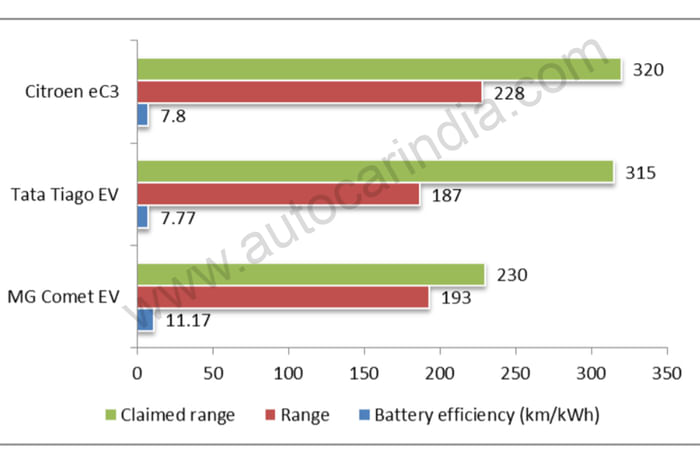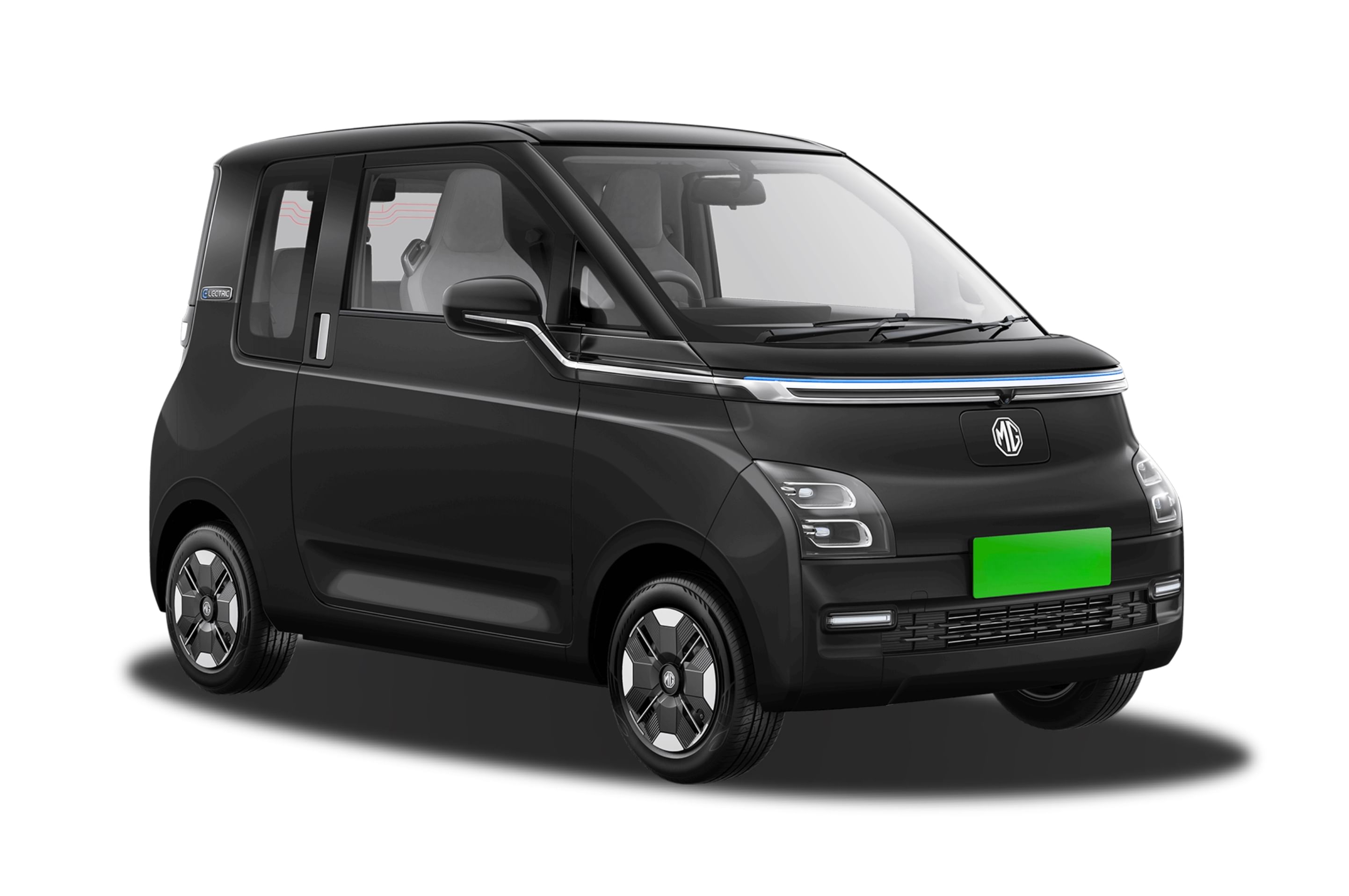MG Comet EV real world range tested, explained
Based on our real-world tests, here’s a look at the MG Comet EV’s range.
Published On Jul 03, 2023 08:00:00 AM
83,388 Views
Follow us onThe MG Comet is a two-door, four-seater, all-electric hatchback squarely aimed at early adopters and risk-takers who already have another car in the garage and want to try something radically new. Its 42hp electric motor draws energy from a 17.3kWh LFP battery pack, and the company claims it will travel 230km on a single charge. We put it through our instrumented tests to know how it performs in the real-world.
- Comet EV has 3 drive modes – Eco, Normal and Sports
- Gets 3 levels of regenerative braking
- MG claims ARAI-certified range of 230km
MG Comet range test
For our range test, we drove the Comet only in Eco mode and set regenerative braking at its max level. Our tests were primarily in the city with some highway sections as well. Interestingly, the Comet’s top speed is capped at 81kph (GPS) in Eco mode.
In our test, the MG returned a rather impressive efficiency of 11.17km per kWh, which extrapolates to a range of 193km. In Normal and Sports mode, performance is livelier and top speed is higher at 101kph, so expect range to be a lot lower.
To put its numbers into perspective, the Comet EV is more efficient than its price rivals – the Tata Tiago EV’s and Citroen eC3’s battery efficiency were 7.77km/kWh and 7.8km/kWh respectively, on account of its lighter kerb weight. Of course, with a larger battery pack, the Citroen eC3 has a better real-world range, however, the Comet’s range is marginally better than the Tiago EV’s.
By default, the instrument cluster shows a range of 200km on a 100 percent charge, or a 2:1 range to state of charge ratio, which can be a bit misleading. This is very unlike modern EVs, which display predicted range based on drive modes or driving style or both.

Autocar India’s range testing
Before our real-world range test, the battery of our test car was fully charged and we maintained tyre pressures in accordance with the manufacturer’s recommendation. The car was driven in fixed city and highway loops, and we maintained certain average speeds. Throughout our test, there is only one person in each car, running the air con and other electricals like the audio system, indicators and wipers when required, just like how regular users would. Periodic driver swaps further neutralise variations in driver patterns. At the end of each cycle, we calculated the range based on the percentage charge consumed.
Also read:
Copyright (c) Autocar India. All rights reserved.








Comments
Member Login
Personal Details
No comments yet. Be the first to comment.